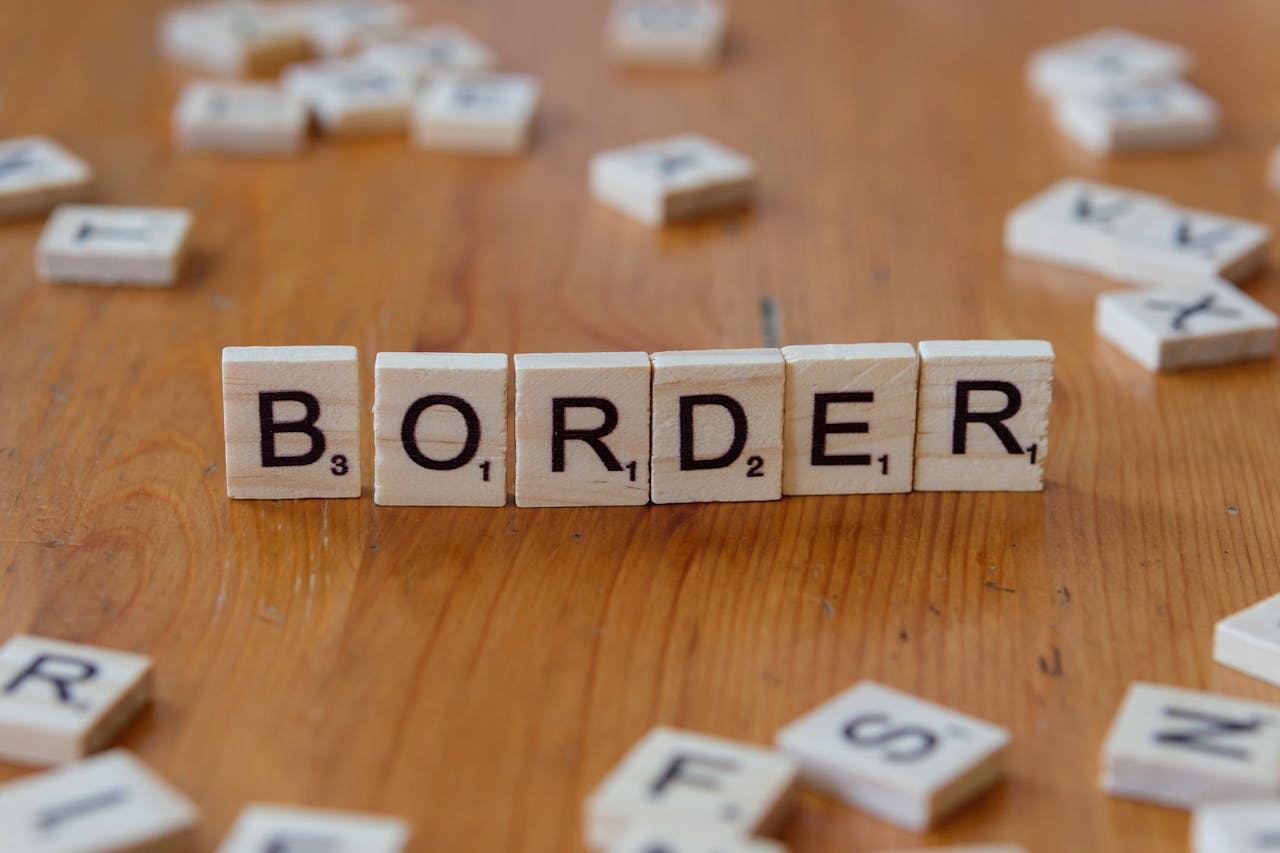Bringing your family to the United States can feel overwhelming, especially when you’re staring at a stack of immigration forms. If you’re a U.S. citizen or permanent resident looking to sponsor a family member for a green card, Form I-130 is your starting point. This petition establishes the qualifying relationship between you and your relative, making it the foundation of their journey to permanent residency.
The I-130 process affects thousands of families each year. According to USCIS data, over 200,000 family-based petitions are filed annually, with processing times varying significantly based on your relationship and circumstances. While the form itself might seem straightforward, small mistakes can lead to delays or denials that keep families separated for months or even years.
This guide will walk you through every section of Form I-130, from gathering the required documents to avoiding common pitfalls that trip up applicants. Whether you’re sponsoring your spouse, child, parent, or sibling, understanding the process thoroughly will save you time, money, and stress.
Understanding Form I-130: The Basics
Form I-130 is used when you are a U.S. citizen, lawful permanent resident, or U.S. national and need to establish your qualifying relationship with an eligible relative who wishes to come to or stay in the United States permanently. Think of it as proof to the government that your family relationship is genuine and qualifies under immigration law.
The form serves two main purposes: it demonstrates your legal status in the United States and proves your relationship with the person you want to sponsor. Once approved, your relative can either apply for a green card if they’re already in the U.S. or go through consular processing at a U.S. embassy or consulate abroad.
Not every family relationship qualifies for I-130 sponsorship. U.S. citizens can sponsor spouses, unmarried children of any age, married children, parents (if the citizen is over 21), and siblings. Green card holders have more limited options – they can only sponsor spouses and unmarried children.
Who Can File Form I-130?
You must be at least 18 years old and fall into one of these categories:
- U.S. citizen by birth or naturalization
- Lawful permanent resident (green card holder)
- U.S. national
Your immigration status determines who you can sponsor and how long the process will take. Citizens enjoy broader sponsorship privileges and faster processing for immediate relatives.
Required Documents and Evidence
Evidence requirements include proof of citizenship or green card status, documents that prove your relationship is real, and financial documents like tax returns and bank statements. The documentation you need depends on your relationship with the beneficiary and your status.
Proof of Your Status
Start by gathering evidence of your U.S. citizenship or permanent residence:
- Birth certificate (for U.S.-born citizens)
- Naturalization certificate or certificate of citizenship
- Valid U.S. passport
- Green card (front and back copies)
Relationship Evidence
This is where many applicants get tripped up. The government needs concrete proof that your relationship is legitimate. For spouses, this means marriage certificates, joint financial accounts, lease agreements showing you live together, and photos spanning your relationship.
Parent-child relationships require birth certificates showing the parent’s name. If you’re sponsoring a stepchild, you’ll need your marriage certificate to their parent plus the child’s birth certificate. Adoption cases require finalized adoption decrees.
Sibling sponsorships need birth certificates for both you and your sibling, showing at least one common parent. If your parents had different names due to marriage or other reasons, additional documentation may be required.
Financial Documentation
While Form I-130 doesn’t require an Affidavit of Support, USCIS often requests financial evidence to ensure you can support your relative. Include recent tax returns, pay stubs, bank statements, and employment verification letters.
Step-by-Step Filing Instructions
Part 1: Information About You (Petitioner)
This section seems simple but requires attention to detail. Use your legal name exactly as it appears on your citizenship or green card documents. If you’ve had name changes due to marriage or other reasons, include documentation.
Provide your current address, even if it’s different from where you lived when you became a citizen or got your green card. USCIS needs to know where to send correspondence and potential requests for additional evidence.
Part 2: Information About Your Relative (Beneficiary)
Enter your relative’s information exactly as it appears on their official documents. Inconsistencies between forms and supporting documents cause delays.
Pay special attention to the relationship section. Choose the category that best describes your relationship, keeping in mind that this determines priority processing and visa availability.
Part 3: Additional Information About Your Relative
This section asks about your relative’s immigration history, current location, and any previous U.S. immigration applications. Answer honestly – USCIS has access to extensive databases and will discover omissions or false statements.
If your relative has ever been in removal proceedings or has an immigration violation history, consider consulting an attorney before filing.
Part 4: Additional Information About You
Here you’ll indicate if you’ve filed previous I-130 petitions and provide information about your other relatives who are U.S. citizens or permanent residents. This helps USCIS understand your family’s immigration pattern.
Filing Fees and Payment Methods
As of June 2025, the USCIS I-130 filing fee is $625 for online filing and $675 for paper filing. You must file a separate I-130 petition for each family member you’re sponsoring, which means separate fees for each application.
USCIS accepts personal checks, money orders, and credit cards. Make checks payable to “U.S. Department of Homeland Security.” Never send cash, and always keep copies of your payment method for your records.
Online filing through the USCIS website costs less and provides real-time status updates. You’ll create a USCIS online account that tracks your case progress and receives important notifications.
Processing Times and What to Expect
The average processing time for Form I-130 is currently 11 months as of June 2025, but this varies significantly based on several factors. If you’re sponsoring an immediate relative like your spouse, parent, or unmarried child under 21, cases move faster because there’s no visa cap.
Most Form I-130 petitions for immediate relatives are approved within a 10 to 14 month time frame, while family preference categories face longer waits due to annual visa limits.
Processing times depend on:
- Your relationship with the beneficiary
- Current USCIS workload
- Completeness of your application
- Whether additional evidence is requested
After filing, you’ll receive a receipt notice with a case number for tracking. USCIS may request additional evidence if your initial submission is incomplete. Respond promptly to any requests – delays in response can significantly extend processing time.
Common Mistakes to Avoid
The most frequent errors that delay I-130 applications include incomplete forms, missing signatures, and insufficient evidence. Review every section carefully before submitting.
Name inconsistencies between different documents cause major headaches. If your relative’s name appears differently on various documents due to cultural naming conventions or spelling variations, include an explanation letter with supporting evidence.
Don’t assume USCIS will contact you if information is missing. They’re more likely to deny your petition and require you to start over. Double-check that all required evidence is included and properly documented.
Failing to update your address with USCIS can result in missed communications and potential case closure. Always notify USCIS of address changes using Form AR-11.
After Approval: Next Steps
Once your I-130 is approved, the next steps depend on where your relative lives and their immigration category. Immediate relatives (spouses, parents, and unmarried children under 21 of U.S. citizens) can proceed directly to either adjustment of status if they’re in the U.S. or consular processing abroad.
Family preference categories must wait for visa availability, which can take several years depending on the category and country of origin. The State Department publishes monthly visa bulletins showing current priority dates.
If your relative is in the U.S. and eligible to adjust status, they can file Form I-485 after I-130 approval. Those abroad will go through consular processing at a U.S. embassy or consulate.
Tips for Success
Start gathering documents early – obtaining official records from foreign countries can take months. Make copies of everything before submitting your application.
Consider filing online when possible. The digital system reduces processing time and provides better tracking capabilities than paper filing.
Keep detailed records of all communications with USCIS. This includes receipt notices, requests for evidence, and any correspondence related to your case.
If your case is taking longer than normal processing times, you can submit a case inquiry through the USCIS website. However, don’t submit inquiries too early – wait until your case falls outside normal processing time ranges.
Final Thoughts
Form I-130 represents the first step in reuniting families through the U.S. immigration system. While the process requires patience and attention to detail, thousands of families successfully navigate it each year. The key is thorough preparation, complete documentation, and careful attention to instructions.
Remember that each family’s situation is unique. Complex cases involving previous immigration violations, criminal history, or unusual family circumstances may benefit from professional legal guidance. However, many straightforward cases can be successfully completed without an attorney if you follow the instructions carefully and provide complete documentation.
Take your time with the application, double-check everything, and don’t hesitate to seek help when needed. Your careful preparation now will pay dividends in bringing your family together in the United States. The investment in time and attention to detail during the I-130 process sets the foundation for your relative’s successful path to permanent residency.
Ready to start your I-130 petition? Gather your documents, review this guide one more time, and begin the process that will bring your family closer together. The journey may seem long, but each step brings you closer to reunification.



